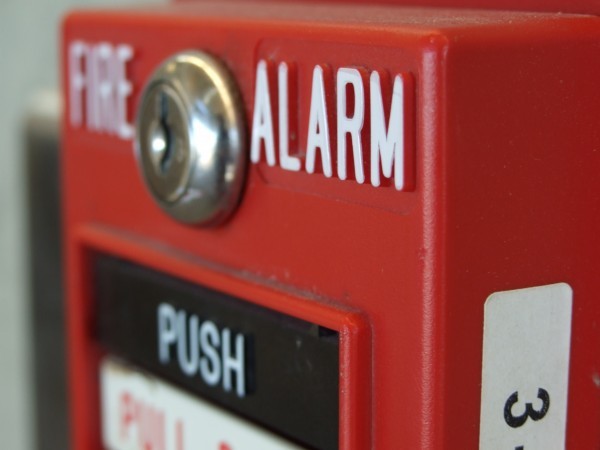For many, fire alarm systems seem all the same and to a great degree that is true. However, there are certain differences that exist and need to be understood in order to fully grasp what fire alarms do when in operation.
How a Fire Alarm Works
Essentially, all fire alarms use the same principle of activation and warning. If a detector picks up traces or smoke or someone manually breaks the glass unit, an alarm sounds throughout the structure to warn everyone inside of the impending danger. For commercial buildings, the activation of the fire alarm will signal the structure to be evacuated along pre-described paths.
In addition, a fire alarm may have a remote signal that warns the fire station of a fire inside the structure so that they can respond as quickly as possible.

Types of Fire Alarms
There are four basic types of fire alarm systems that are used around the world and the way each of them operates may be similar in most respects, but there are important differences as well.
Addressable:
In many ways, this is similar to the conventional fire alarm system, but there is a very important difference in that the detector or manual activator is highlighted on the control panel and not just the zone. This means that a far more precise location will be messaged to the central control area allowing for greater precision in the area where the fire is supposed to be. However, it must be noted that an alarm set off manually may not be in the exact same area as the fire itself.
Conventional:
This type of system uses a number of call points combined with detectors that are wired into the control panels of the fire alarm. The control panels are divided into zones that allow for the fire to be better located and to help direct occupants away from that area in evacuating the building. The control panels may also have electronic sounders, bells or other devices that are audible so that people can be warned that a fire has been detected.
Intelligent:
Sometimes called Analogue Addressable fire alarm systems, this system is similar to the standard addressable one with the difference being that the central control unit will help decide the severity of the fire depending on the information it receives from its detectors.
In this case, the system may be able to tell the difference between a small, non-threatening fire and a larger, more dangerous fire in the building itself thanks to the communication of information from all of its detectors. While not entirely accurate, the main purpose is to avoid costly false alarms where activation occurs without a fire being present.
Wireless:
Basically, this is a system that uses a wireless connection instead of the traditional wired variety found in standard fire alarm systems. The communication often uses a radio emission that sends the information from the detector to the central area and activates the fire alarm. The installation costs of going wireless are greatly reduced compared to traditional systems.
Daisy Burgess Home Improvement Blogger for expert fire and security
